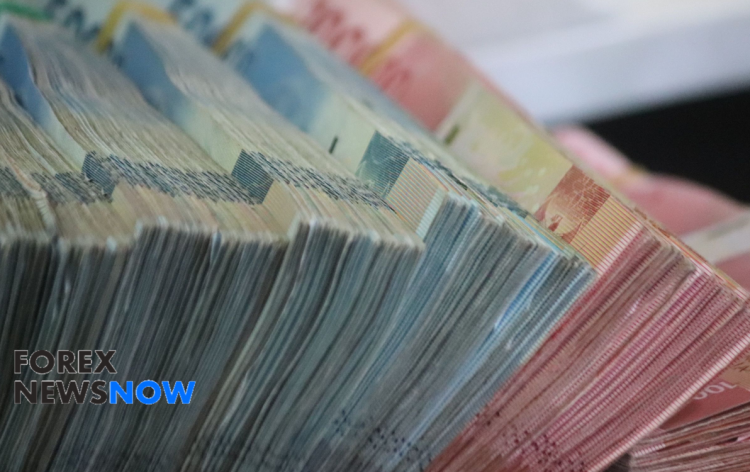The Best Currency Pairs to Trade This Fall

As the leaves change and the air turns crisp, traders around the world prepare for a new season of opportunities in the foreign exchange (Forex) market. Fall, often associated with change and transition, brings with it a unique set of conditions that can influence currency pair performance.
In this article, we will explore the best currency pairs to trade this fall, considering various strategies and market dynamics. Our focus will be on four key pairs: EUR/USD, USD/JPY, GBP/USD, and AUD/USD, each offering distinct advantages for traders.
EUR/USD: One of the Top Pairs
The EUR/USD currency pair has long been a favorite among traders seeking volatility and liquidity. This fall is no exception, as several factors are expected to drive increased volatility in this pair. The European Central Bank’s monetary policy decisions, economic data releases from the Eurozone, and geopolitical events can all contribute to significant price movements.
The ongoing global recovery from the COVID-19 pandemic and concerns about inflation are also influencing the EUR/USD exchange rate. As central banks adjust their policies and governments continue to respond to the economic challenges posed by the pandemic, traders can expect opportunities for both long and short positions in this pair.
Volatility traders thrive in environments like the one expected this fall. By closely monitoring economic calendars, staying informed about geopolitical developments, and utilizing technical analysis, traders can capitalize on price fluctuations in the EUR/USD pair. It’s essential to employ risk management strategies to protect against potential losses, as volatility can lead to rapid and unpredictable market movements.
USD/JPY: The Best to Trade in Asia
The USD/JPY currency pair has historically been the preferred choice for traders looking to engage in the Asian trading session. Japan is a major player in the global economy, and the Japanese yen (JPY) is considered a safe-haven currency. During the fall, traders can leverage this pair’s unique characteristics to their advantage.
The Asian trading session typically experiences lower volatility compared to other sessions, such as the European or North American sessions. However, the USD/JPY pair often exhibits relatively stable price movements during this time, making it an attractive option for traders looking to capitalize on this stability.
Moreover, Japan’s economic data releases and policy decisions from the Bank of Japan can influence the USD/JPY exchange rate. Traders should keep a close eye on economic indicators like GDP, employment figures, and inflation, as well as any shifts in monetary policy. These factors can provide valuable insights for trading the USD/JPY pair during the fall season.
GBP/USD: When You Want Defensive Trading
As fall sets in and market sentiment becomes more uncertain, traders often seek defensive assets to protect their portfolios from potential downturns. The GBP/USD currency pair, which involves the British pound (GBP) and the US dollar (USD), can be an ideal choice for traders looking to adopt a defensive stance.
The GBP has a history of being considered a safe-haven currency, along with the USD. During times of global economic turbulence or heightened geopolitical risks, traders tend to flock to these currencies as safe havens. In the fall, as uncertainties related to seasonal changes, political developments, or external shocks emerge, traders may find comfort in holding positions in GBP/USD.
Additionally, traders can utilize fundamental analysis to gauge the health of both the UK and US economies. Key economic indicators, such as GDP growth, employment figures, and interest rate decisions from the Bank of England and the Federal Reserve, can provide valuable information for trading this pair defensively.
AUD/USD: The Most Trendy One
Trend traders aim to capitalize on sustained price movements in one direction. The AUD/USD currency pair often presents excellent opportunities for trend trading, particularly during the fall season.
Australia, a major commodity exporter, has its economy closely tied to global commodity prices, especially those of iron ore and coal. Fall is traditionally associated with increased demand for commodities, driven by factors such as construction projects, energy consumption, and agricultural activity. As a result, the AUD/USD pair can experience significant trends during this time, making it appealing to trend traders.
To succeed in trend trading with AUD/USD, traders should pay close attention to commodity price trends, global economic conditions, and any developments affecting Australia’s trade partners. Technical analysis tools, such as moving averages and trendlines, can also be valuable for identifying and confirming trends in this currency pair.
Conclusion
As the fall season approaches, Forex traders have a variety of currency pairs to consider for their trading strategies. The EUR/USD pair offers volatility, the USD/JPY pair is well-suited for the Asian session, the GBP/USD pair provides a defensive asset option, and the AUD/USD pair is ideal for trend trading. Each pair comes with its own set of advantages and considerations, so it’s crucial for traders to align their strategies with their risk tolerance, market knowledge, and trading goals.
Regardless of the currency pair chosen, traders should remember that successful Forex trading requires a well-thought-out plan, disciplined risk management, and continuous education to adapt to evolving market conditions. Fall may bring new opportunities, but the path to success remains rooted in diligent analysis and prudent decision-making.


























Comments (0 comment(s))